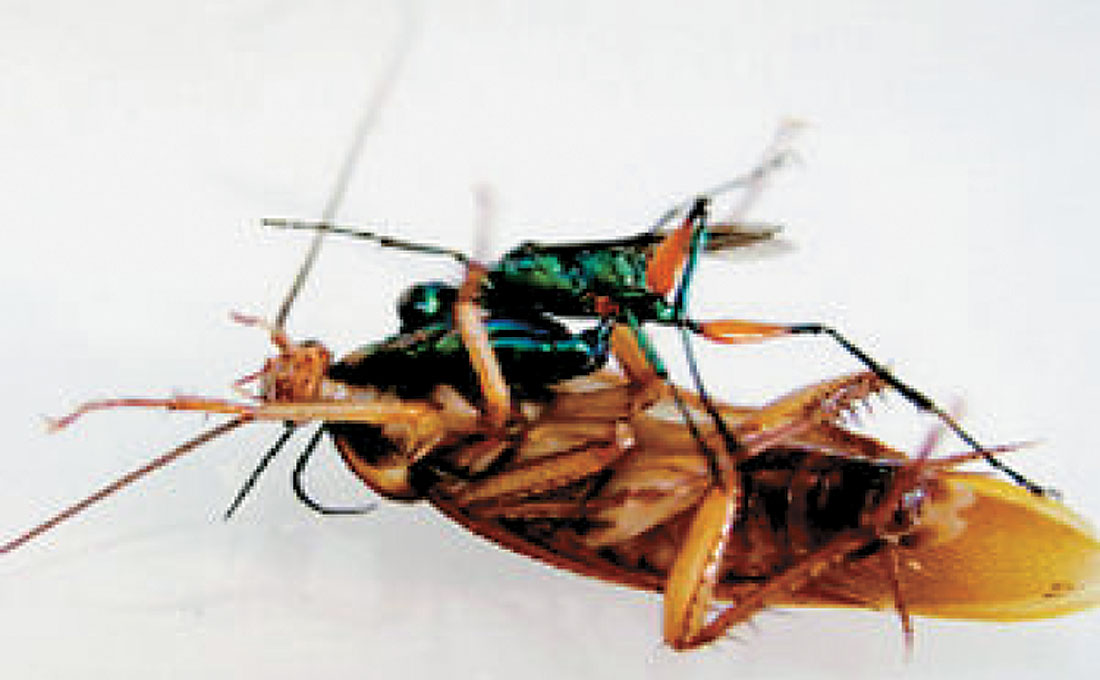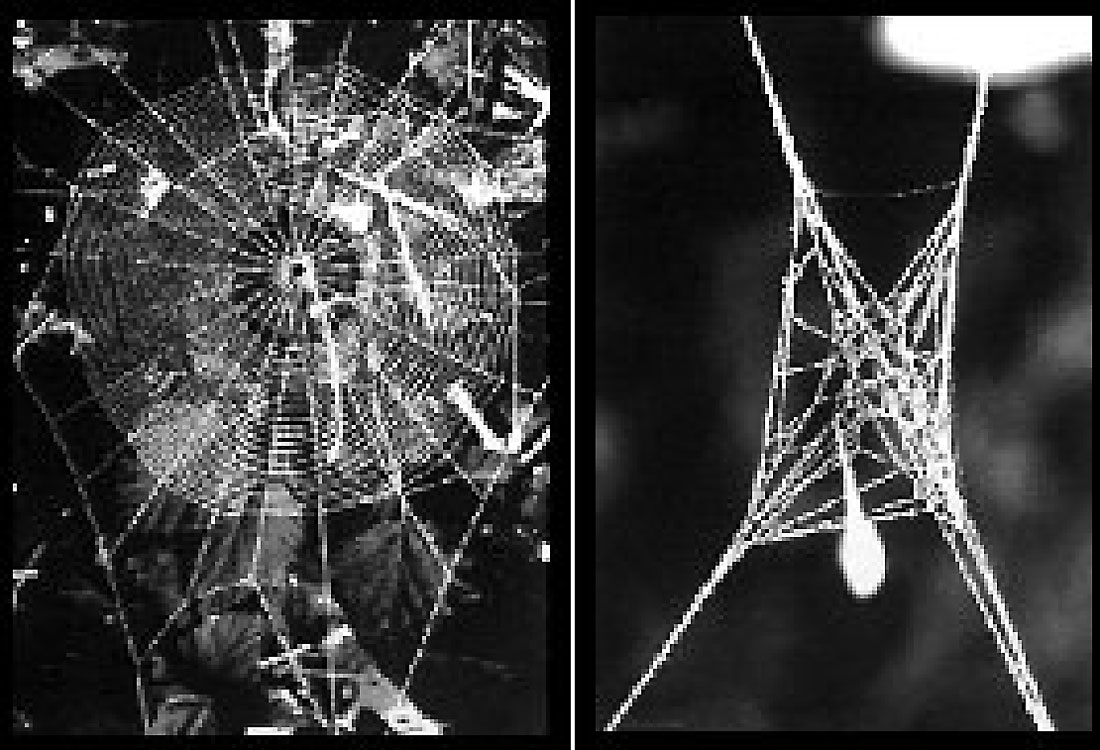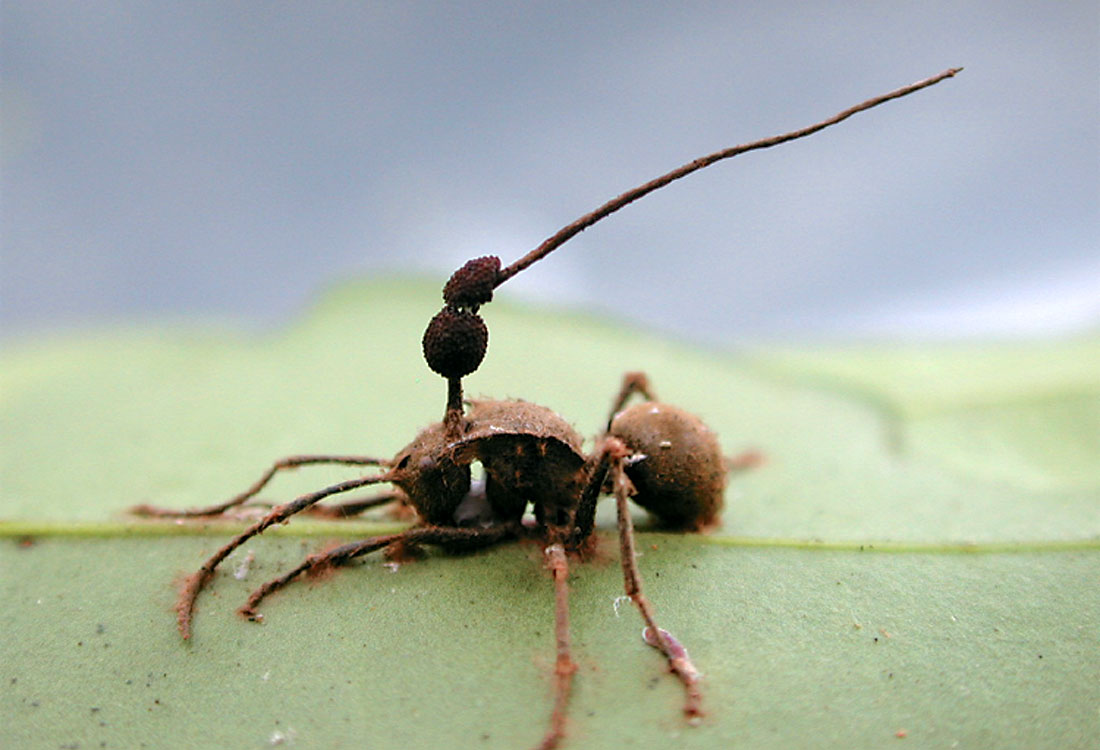As part of our endeavour to provide new features in the RECORDER, from time to time we have introduced articles that tend to lighten up the reader from any sort of technical rigour that may be found in the Focus or other accompanying articles in each issue. With this in mind, in this issue we introduce a new regular column that each month will contain a short article covering a scientific topic of general interest (not necessarily geophysical).
In this first article, Oliver Kuhn takes us on a foray to the insect world and beyond. We hope the readers find this series of articles interesting and informative.
There is a subtle, but morbidly fascinating distinction between a parasite and a parasitoid. The latter always kills its host while the former usually does not. Some 10% of insects are parasitoid, perhaps even more, predominantly wasps and flies.
I first became aware of parasitoids when I saw a wasp, most likely Ampulex Compressa, in action in Singapore. A large cockroach was behaving strangely—moving slowly and methodically up a pole. On closer inspection I saw a small wasp astride the cockroach’s abdomen, apparently steering it, much like a miniature Charlton Heston in Ben Hur.
The female A. Compressa stings a prospective host cockroach twice, in specific locations. The venom from the first sting partially paralyzes the cockroach’s front legs by damaging the thoracic ganglion; the second sting to the head ganglia disables the roach’s escape response.

Once this is done, A. Compressa half chews off the roach’s antennae. It then leads the roach back to a burrow (the sequence I viewed), physically steering it via the antenna stumps. Once in the burrow it lays a single egg into the cockroach’s abdomen, then exits and blocks up the entrance to the burrow. The semicomatose cockroach simply sits in the burrow, awaiting its inevitable demise, and after about 3 days the wasp egg hatches inside it. Over the next couple of weeks the larva systematically eats the cockroach’s organs from within, but in an order that keeps the roach alive as long as possible. The larval stage of the wasp comes to an end with the cockroach’s death. The shell or exoskeleton of the cockroach is then used as part of the pupa’s cocoon. After a period the adult wasp emerges from its cocoon, to fly forth and continue this bizarre and horrifying life cycle. A single female wasp will commandeer and lay eggs in up to twelve cockroaches.

Variations on this theme are found throughout the parasitoid world, each species more amazing than the next. One could scarcely believe the strategies employed unless they were observed and documented in nature. Take for example the Hymenoepimecis wasp of Central America. It finds a Plesiometa argyra spider in its orb-shaped web, and stings it in the mouth, temporarily paralyzing it. It then lays an egg on the spider’s abdomen. The spider soon returns to its normal activities, spinning webs and catching insects as it always did, and all the while the hatched wasp larva is slowly sucking fluids out of its abdomen for nourishment. After about two weeks the wasp is ready to move into its pupal stage; it injects a chemical (perhaps a dopamine?) into the spider. This chemical actually causes the spider to modify its behaviour in extremely specific ways: instead of spinning a normal orb web, the spider builds a nursery for the wasp pupa / mausoleum for itself. The altered web somewhat resembles a tent, and appears to protect the cocoon from predators and damaging contact with rain. Once the cocoon tent is spun, the wasp larva kills and eats the spider, and spins its cocoon, which hangs in safety from the tent by a single thread.
“The Hymenoepimecis’s manipulation of its spider host is probably the most finely directed alteration of behavior ever attributed to an insect parasitoid.”
Not all parasitoid species are insects. There is a large genus of fungi called cordyceps, one species of which begins its life cycle high in the tropical forest canopy. Its fruiting bodies explode, and millions of spores drift downward to the leaf litter on the forest floor. Some land on the bodies of unfortunate ants and germinate, then enter the ants’ bodies via their tracheae. The fungus grows inside the ant’s exoskeleton, basically absorbing all tissue except vital organs. When the time to sporulate nears, the fungus secrets chemicals into the ant’s brain. These chemicals alter the ant’s behaviour – the ant abandons its normal foraging and begins to climb to the highest point it can find. Up near the top of a tree, it locks its mandibles into the branch or leaf it sits on. The fungus then kills the ant by absorbing the rest of its organs including its brain. Thus nourished, the fungus sends a single fruiting spike out through a gap in the exoskeleton, which eventually bursts, to spread its spores once more over the forest. This complex sequence of biogenetic engineering has evolved simply to improve the distribution of the fungus spores. A variety of cordyceps species exists, each of which involves a different and specific host insect, including beetles and moths. Some incredible clips of the spore spikes growing out of ants and bursting can be found on YouTube.

The world of parasitoid organisms is certainly fascinating and bizarre. As usual, humans have found clever ways to exploit the attributes of particular parasitoids. They can be an effective and relatively benign way to control agricultural pests. Because most parasitoids have evolved to exploit a specific host species, there is relatively little risk of them “moving on” to other species once the pests’ numbers have been reduced or eliminated. This is an enormous hazard when one species is used to control another, witness Australia’s Cane Toad problem.
Another unusual way humans have used parasitoids is as models for the antagonists in sci-fiction. Some commonly known fictional parasitoids are the Xenomorphs from the Alien movies, and the Black Oil virus from The X-Files. We react to the parasitoid habit of eating hosts from the inside out, and in the process killing them, with revulsion, and it is certainly this trait that catches our attention. But on closer analysis, the finely tuned mechanisms which allow the parasitoid to exploit its host can be even more fascinating for those of us with an interest in science.
To return to my opening sentence and illustrate how scientific observations can easily be applied to aspects of the human world, such as our oil patch, a good friend of mine and fellow geophysicist made the witty comment that our provincial government is currently in transition from parasite to parasitoid. Let’s hope we don’t end up like the ant pictured above!











Share This Column